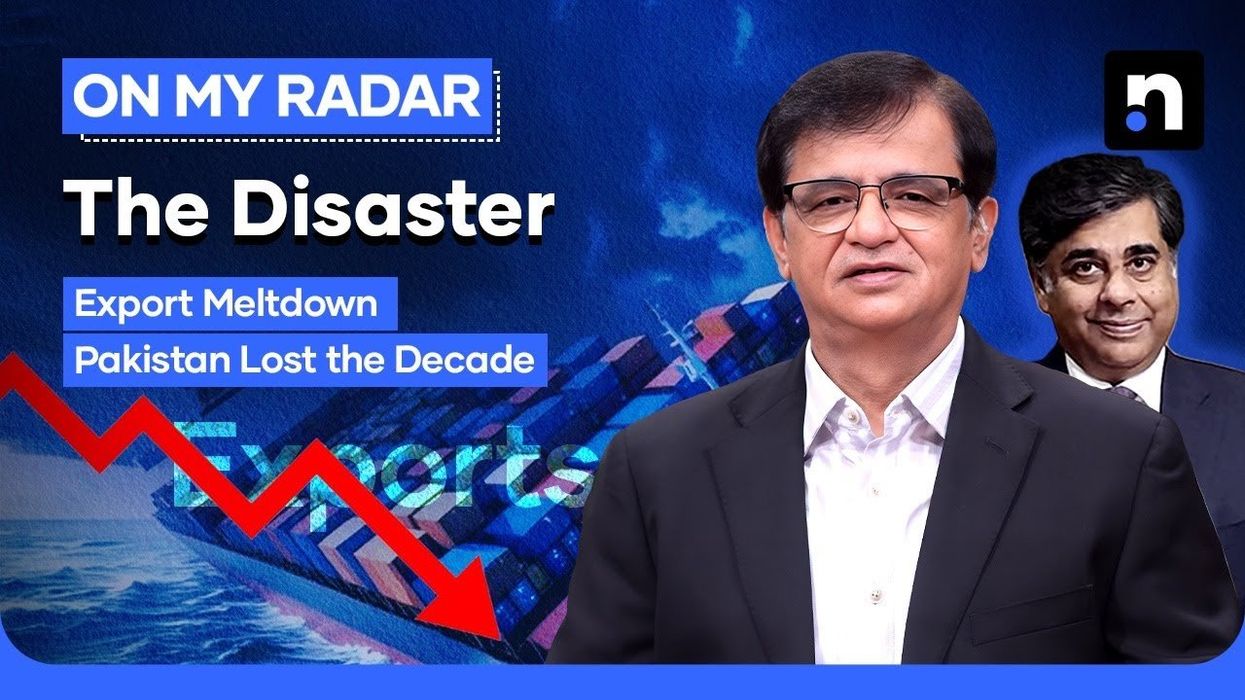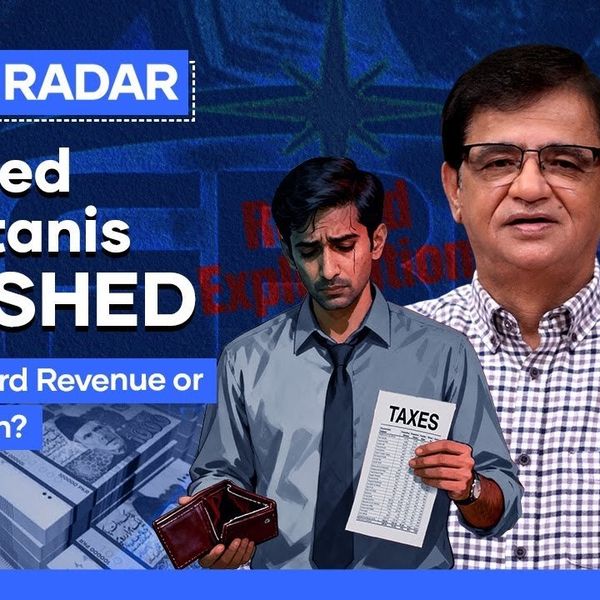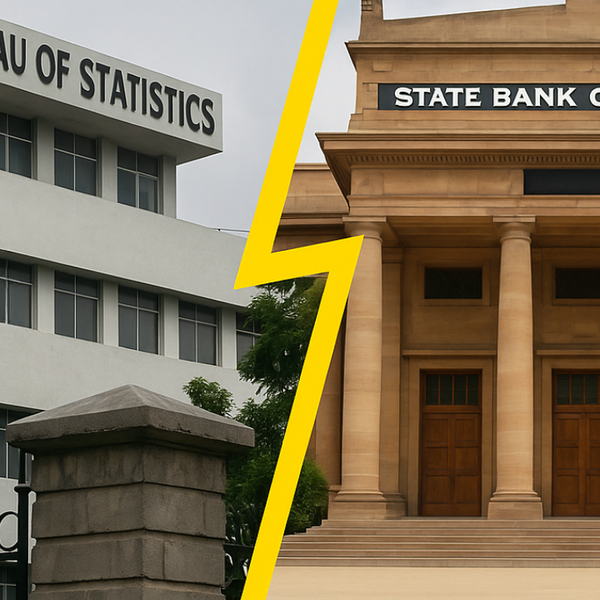Pakistan’s exports stagnate despite record currency devaluation
Kamran Khan called exports Pakistan’s gravest economic ailment, contrasting global prestige with domestic woes
News Desk
The News Desk provides timely and factual coverage of national and international events, with an emphasis on accuracy and clarity.
Pakistan’s economy is facing mounting challenges, with exports showing little progress despite a massive currency devaluation and the country’s rare surge in global recognition.
Economists warn that this weak performance has cast doubts over the nation’s long-term economic resilience.
In the latest episode of 'On My Radar', Kamran Khan described the export sector as one of Pakistan’s gravest economic ailments. While the country currently enjoys unprecedented global visibility and rising prestige, he noted that the domestic economic picture is far less reassuring.
Exports, he argued, are the single most important remedy for Pakistan’s economic crisis. Yet, even after 78 years of independence, the sector has failed to stand firmly on its own
Over the last decade, Pakistan has witnessed stagnation and missed economic opportunities, despite favorable conditions that could have boosted its trade.
Between 2015 and 2025, the rupee lost nearly 190% of its value - the steepest currency devaluation in Asia - falling from around PKR100 to the U.S. dollar in 2015 to nearly PKR280 in 2025. Despite this dramatic decline, exports failed to grow meaningfully. Instead of climbing consistently, the export graph fluctuated sharply over the decade.
Pakistan’s goods exports hovered between $24 billion and $32 billion in this period, rising just 30% in total - less than 2.5% annually on average. This pace is far below inflation and sharply lags behind regional competitors, where annual export growth ranged from 5% to 18%.
In 2014-15, Pakistan’s exports stood at $23.9 billion; a decade later, in 2024–25, they reached only $32 billion.
The comparison with neighbors is striking. India, independent the same year as Pakistan, now exports goods worth $820 billion. Bangladesh, once East Pakistan, has crossed $48 billion in annual exports. Pakistan, in contrast, remains stuck at $32 billion.
According to Bureau of Statistics data, textiles have consistently dominated Pakistan’s exports, making up 55%-60% of the total. Agriculture and food items, such as rice and fruits, contributed 19%, while leather goods contributed 2.5%. The rest came from surgical instruments, sports goods and miscellaneous products.
Entire global supply chains - in technology hardware, electronics, pharmaceuticals and auto parts - remain beyond Pakistan’s reach. Even in textiles, the majority of exports consist of low-value items like cotton yarn, bed sheets and towels, rather than higher-value fabrics and fashion garments.
The common assumption that currency depreciation automatically boosts exports has not held true in Pakistan’s case. Heavy reliance on imported raw materials, which become costlier with a weaker rupee, has undercut competitiveness. Exporters have also lost the benefits of zero-rating and final tax regimes, while enduring high electricity and gas prices compared to regional peers, double-digit interest rates, and chronic delays in tax refunds.
The scale of untapped potential makes this stagnation even more concerning. With a population of 250 million - 65% of them young - among the cheapest labor in the world, fertile land and climate suited for agriculture and livestock, abundant minerals, and a geo-strategic location at the crossroads of Asia, Pakistan should already be achieving goods exports of $50 billion – $60 billion.
A stronger contribution from services and IT could transform the country’s economic outlook.
Exports, Khan emphasized, are no longer just a means of creating jobs, building industries and earning foreign exchange. In today’s world, they represent economic power, diplomatic leverage and political self-reliance.











Comments
See what people are discussing